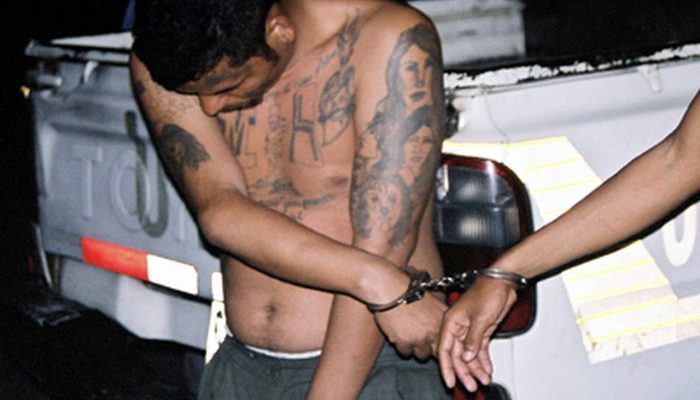In the underbelly of society, where lawlessness runs rampant and danger is a part of everyday life, the name Mara Salvatrucha, also known as the MS-13 gang, sends shivers down the spine. Born out of violence and desperation, the Mara Salvatrucha is more than just a gang. It’s an entity that has clawed its way into the very fabric of numerous societies. Its presence is not only a stark reminder of social disparity. But also a testament to human resilience, albeit skewed and misguided.
Originating in Los Angeles in 1980s, the MS-13 was formed by Salvadoran immigrants fleeing the civil war in their country. It started as a means of protection against Mexican gangs that dominated the LA underworld. But soon, the small group of refugees transformed into one of the most feared street gangs in the world. With thousands of members spread across the US, Mexico, and Central America, the MS-13’s influence has permeated every level of society, from the slums to the higher echelons of power.
The Mara Salvatrucha gang is notorious for its violent methods and a complete disregard for human life. They carry a reputation for brutal murders, extensive drug trafficking, and heinous acts of violence that would make even the most hardened criminal wince. But their story is not just one of mindless violence. It’s a twisted saga of survival, brotherhood, and a perverse sense of honor that’s as fascinating as it is terrifying.
In this list, we’ll talk about some of the most disturbing facts about the MS-13. From their initiation rituals to their unique gang signs and symbols. But be warned, this is not for the faint-hearted. The MS-13’s world is as brutal as they come, and the following details are a testament to their notorious reputation.
10 – Initiation Rituals
The initiation rituals for the MS-13 are as disturbing as they are dangerous. The most common initiation practice is known as the “beat-in” or “jump-in”. As the name suggests, the potential new member is beaten by several gang members for a period of 13 seconds. The number 13 is significant to the gang due to its name, MS-13. The recruit is expected to withstand the beating without fighting back as a test of their courage and commitment.
This ritual is a test for the recruit. But it is also an opportunity for existing members to bond over a shared violent experience, which serves to reinforce the gang’s collective identity. This violent initiation also helps the gang to weed out those who are not truly committed or those who might not be able to withstand the pressures and dangers of gang life. This brutal act of initiation is a stark reminder of the lengths the gang will go to maintain its ranks and control its members.
09 – MS-13’s Brutal Rituals and Violent Crimes
The MS-13 gang has been responsible for a spate of horrifyingly violent crimes that have shocked communities across the Americas. Gang initiations often involve a brutal beating, known as a “jumping in”, where the new member is attacked by multiple gang members for 13 seconds. This gruesome ritual is just the tip of the iceberg when it comes to the gang’s penchant for violence.
Over the years, MS-13 has been linked to numerous high-profile murders and assaults. These crimes are often marked by their extreme brutality, with victims frequently being hacked to death with machetes, the gang’s weapon of choice. This method is not only a terrifyingly effective way to instill fear in communities but also serves to further bond gang members through shared acts of extreme violence.
The gang is also known to use violence as a means of controlling its territories. Gang members often engaging in retaliatory attacks against rival gangs. This has led to a vicious cycle of violence that continues to plague many communities across the Americas.
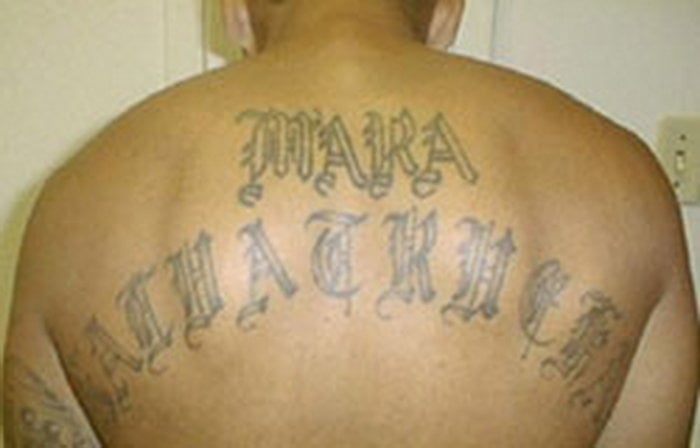
08 – MS-13’s Extortion Rackets
One of the primary ways that the MS-13 gang funds its activities is through extortion. It is also known as “rent” or “war tax”. This typically involves threatening local businesses, individuals with violence if they don’t pay a regular fee to the gang.
This form of organized crime is particularly prevalent in El Salvador, where the gang is estimated to extort millions of dollars each year. However, it’s not limited to this country alone. The gang has been known to run similar extortion rackets in other countries where it operates, including the United States.
The impact of these extortion rackets goes beyond the financial loss suffered by the victims. It also serves to further consolidate the gang’s control over communities, as victims often feel that they have no choice but to comply with the gang’s demands out of fear of reprisals.
07 – Recruitment of Minors
MS-13 is known to recruit minors, especially in areas with high concentrations of immigrants. This disturbing trend underscores the gang’s predatory tactics and its ability to exploit vulnerable populations. These young recruits are often attracted by the sense of belonging and protection that the gang promises, especially in neighborhoods where gang violence is common and opportunities are scarce.
Recruiting minors allows the gang to bolster its ranks and exploit these young members to carry out crimes, knowing that they will likely face less severe legal consequences than adult members. This tactic exposes these young individuals to violence and criminal activity at an early age. Additionally, perpetuates the cycle of gang involvement and violence in these communities.
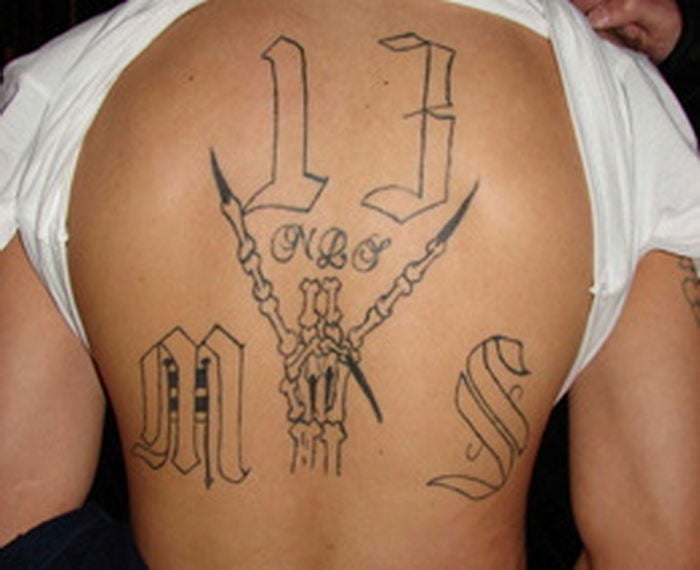
06 – High Incarceration Rates
A significant portion of MS-13 gang members has been incarcerated at some point. High incarceration rates among members are both a symptom and a cause of the gang’s ongoing activities. Incarceration often serves as a badge of honor among members, further solidifying their commitment to the gang. Prisons also serve as fertile ground for recruitment, allowing the gang to expand its influence and reach.
However, high incarceration rates also point to the ongoing efforts by law enforcement to combat the gang’s activities. While these efforts have led to the arrest and imprisonment of many members, they have not been able to significantly reduce the gang’s size or influence, highlighting the complexity and resilience of this criminal organization.
This fact underscores the need for a comprehensive approach to tackling the MS-13 problem. While law enforcement and criminal justice responses are crucial, they must be complemented by community-based interventions aimed at prevention and reintegration.
It’s not just about putting gang members behind bars. It’s also about addressing the root causes that drive individuals to join these groups in the first place. This includes providing youth with alternatives to gang involvement, addressing socio-economic inequalities, and providing support to families and communities affected by gang violence.
05 – MS-13’s Involvement in Drug Trafficking
The MS-13 gang has a significant hand in the international drug trafficking industry. The gang’s vast and well-established network makes it an effective player in the global drug trade, serving as a courier for illicit substances.
From marijuana and methamphetamine to cocaine and heroin, MS-13 has been linked to the distribution of various types of drugs, both within its home base of Central America and beyond. The drug trafficking operations are a key source of revenue for the gang. The gang is funding their extensive criminal activities and consolidating their control over territories.
However, unlike some other criminal organizations, MS-13’s involvement in the drug trade is decentralized. Rather than controlling large-scale production or distribution operations, the gang’s cells, or “cliques,” are more likely to be involved in local-level dealing, providing them with a steady income stream.
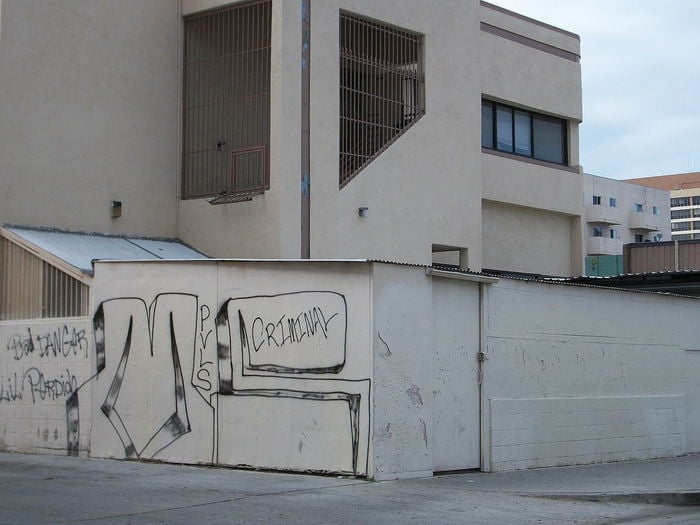
04 – The Significance of Tattoos in MS-13
Tattoos are a significant part of the MS-13 gang culture. They are serving as an outward symbol of commitment and loyalty to the gang. It’s not uncommon for members to have their bodies covered in tattoos, including their faces.
The tattoos can vary. They often include the gang’s name or initials, the number 13, and other symbols or phrases significant to the gang. These can serve as a sort of “visual language,” communicating the member’s status within the gang. Additionally, expressing their specific roles, or crimes they’ve committed.
However, as law enforcement has become more aware of these visual markers, many gang members have started to eschew the overt tattoos in favor of more discreet markings. This shift reflects the gang’s adaptability and their determination to avoid detection and apprehension.
03 – MS-13’s Influence on Music and Popular Culture
While much of the attention on MS-13 understandably focuses on their criminal activities, it’s worth noting that the gang has also had an influence on music and popular culture, particularly in Central America. This influence is often seen in “Narco” music genres, where the lyrics may glorify gang life, violence, or criminal activities.
It’s a complicated issue. Because these cultural expressions can serve as a form of social commentary or a reflection of harsh realities. However, they can also perpetuate harmful stereotypes, glamorize criminal behavior, or serve as a recruitment tool for the gang. Like many aspects of MS-13, their impact on music and culture is a reflection of broader social and economic issues.
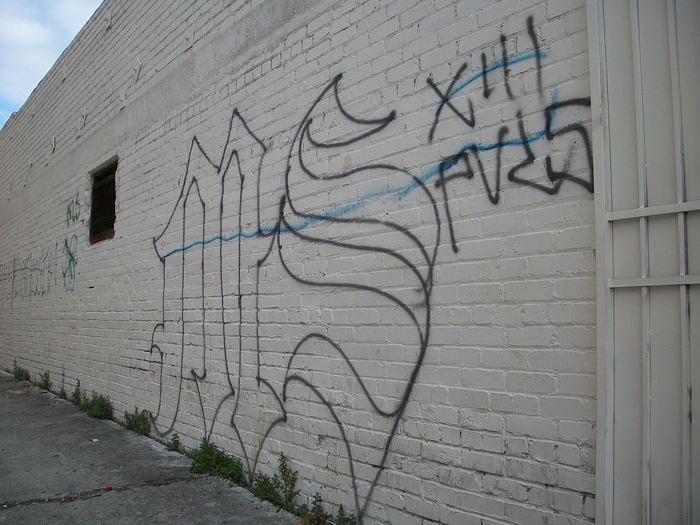
02 – MS-13’s Connection to Human Trafficking
The Mara Salvatrucha or MS-13 gang is not only infamous for its violent crime and drug-related activities, but it has also been linked to the despicable practice of human trafficking. Human trafficking is a multi-billion dollar criminal industry that denies freedom to over 20 million people around the globe. It is a form of modern-day slavery! And MS-13 is deeply involved in this.
Whether for forced labor, sexual exploitation, or even organ trafficking, MS-13 uses its extensive network to move victims across borders and exploit them for profit. The gang preys on vulnerable populations, such as undocumented migrants and at-risk youth, using coercion, manipulation, or violence to control their victims.
Human trafficking is another way for MS-13 to generate revenue and exert control. It further cements their reputation as one of the world’s most ruthless and feared criminal organizations. And it underlines the urgent need for international cooperation to dismantle their operations and support their victims.
01 – MS-13’s Involvement in Prostitution Rings
One of the more hidden yet equally devastating aspects of the Mara Salvatrucha’s illicit activities is their involvement in prostitution rings. This largely unspoken facet of the MS-13 gang’s criminal portfolio further illuminates the breadth and depth of their disregard for human rights.
The gang has been known to force vulnerable women and girls into sex work. They often using brutal methods of control and manipulation. These victims may be members of the communities in which the gang operates, or they could be trafficked across borders, only to find themselves trapped in a life of exploitation and abuse.
Prostitution rings not only provide another source of income for the gang. But also serve as a means to exert control over the territories in which they operate. The presence of these operations often creates a climate of fear and helplessness that can stifle local resistance to the gang’s activities.
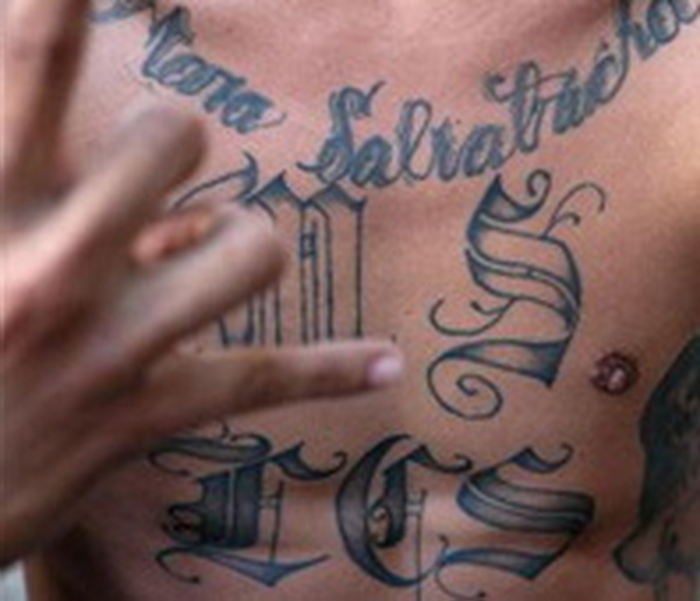
Conclusion
Tackling the MS-13 gang and its associated issues requires a multi-faceted approach. It’s not merely a law enforcement problem; it’s a societal one. The roots of the gang’s existence and growth are found in poverty, lack of education, political instability, and social disenfranchisement. Addressing these underlying issues is crucial in the fight against the MS-13 and other similar street gangs.
The facts about gangs like the Mara Salvatrucha (MS-13) are grim reminders of the dark underbelly of our societies. They expose the pressing need for concerted, collaborative, and comprehensive efforts to address the issue of gang violence and organized crime. From strengthening our law enforcement agencies to investing in social programs that address root causes, the fight against the MS-13 requires us to come together as a global community.
The MS-13, with its gruesome acts of violence, illicit activities, and pervasive influence, is a stark example of the depths criminal organizations can reach. However, by shedding light on their operations and raising awareness, we can contribute to the collective fight against such groups. It’s a long and challenging road ahead. But with persistence, collaboration, and a commitment to addressing the root causes, we can hope for safer and more secure societies.
The ten facts serve as a sobering reminder of the grim realities of gang violence and organized crime. But they also underscore the urgent need for action. By understanding the enemy, we can better strategize on how to dismantle and disrupt their operations. The fight against the MS-13 and similar criminal organizations is indeed a daunting one. But it’s a fight worth having for the sake of our communities and future generations.


